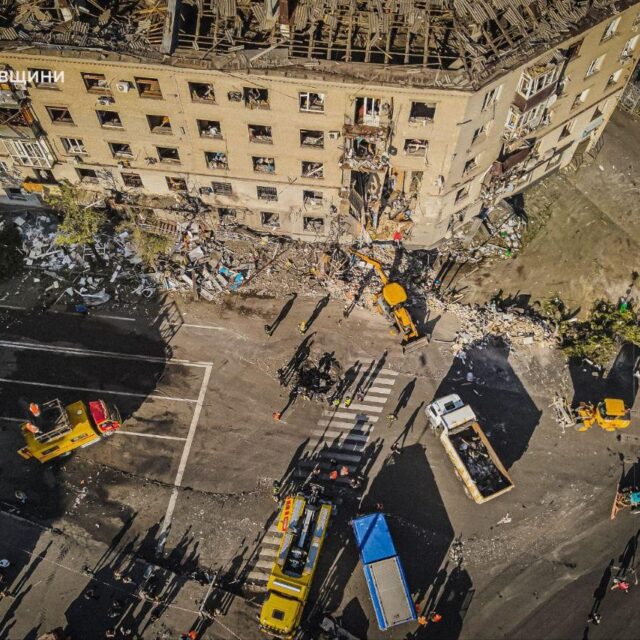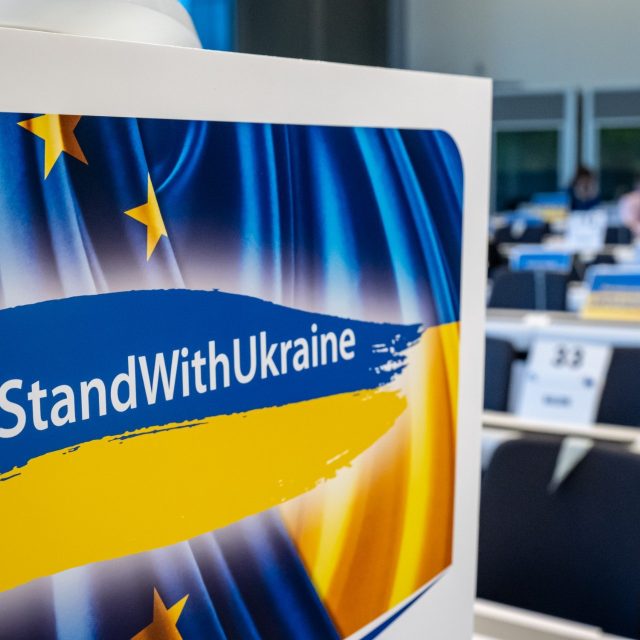Russia’s Largest Aerial Onslaught on Ukraine Marks Escalation, Not Peace
In a devastating escalation of its war against Ukraine, Russia launched its largest aerial assault since the unprovoked invasion began in 2022. Between May 24 and 25, Russian forces fired 367 drones and missiles at targets across Ukraine. This massive attack clearly indicates that Moscow has no intention of pursuing a peaceful resolution to the conflict.
At least 12 civilians, including children, were killed, and many others were injured. Among the most harrowing incidents was the strike on a student dormitory in Kyiv, which ignited a fire and damaged parts of the building. The timing of the assault—occurring on Kyiv Day, a day of celebration for the capital—suggests it was not merely a military action but a calculated attempt to demoralise the population.
Rather than breaking the Ukrainian spirit, the attacks have only reinforced public resolve. Despite years of war and ongoing bombardment, Ukrainians continue to demonstrate unity and determination in the face of Russian aggression.
The scale and coordination of the attack reveal a calculated strategy by Russia to overwhelm Ukraine’s air defence systems. Ukrainian forces succeeded in intercepting 226 drones and 45 cruise missiles, yet the volume of firepower exceeded the country’s current defence capabilities. The utilisation of combined tactics—missile strikes followed by waves of drones—points to a deliberate attempt to inflict maximum damage and casualties.
This attack underscores Ukraine’s urgent requirement for enhanced military assistance from its international partners. While Ukrainian air defences have demonstrated resilience, the limitations of their resources are becoming increasingly evident. Without further support, Ukraine’s capacity to protect its civilian population remains at risk.
The consequences of Russia’s actions extend beyond Ukraine’s borders. In direct response to the aerial assault, Poland has activated its air force and placed its air defences on high alert, signalling that the threat now reaches neighbouring countries. European security is becoming increasingly fragile with each escalation, and NATO’s eastern flank is more exposed than ever.
Despite limited diplomatic gestures in recent weeks, including a prisoner exchange, this wave of violence leaves little room for illusions. Russia is not seeking peace. The objective remains the destruction of Ukrainian statehood and national identity. Each strike on civilian infrastructure constitutes a war crime, and the repeated attacks on residential areas, schools, and hospitals necessitate international accountability.
What Russia seeks through violence and fear is submission, yet the outcome is quite the opposite. Each attack only serves to strengthen Ukrainian defiance. The international community must now act with a similar clarity. This is not a frozen conflict; it is an expanding war against democracy and sovereignty in Europe.
There is no pathway to peace while Russian missiles continue to rain down on Ukrainian cities. As long as Moscow chooses escalation, diplomacy remains a façade. Only through greater unity, increased support for Ukraine, and a firm stance on justice can the hope for genuine peace begin to take shape.




